Time targets scrapped for most ambulance calls
- Published
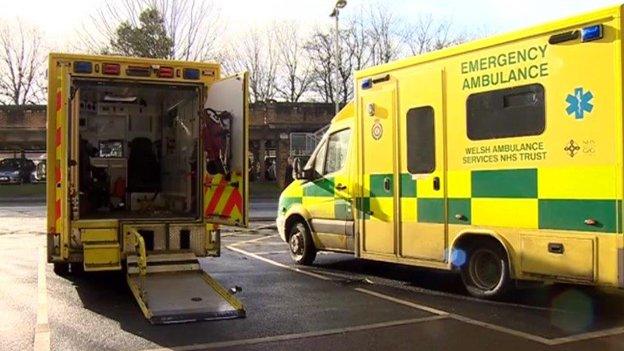
The number of code red calls subject to an eight minute target will be cut from 40% to 10% of total
Targets for ambulance response times in Wales are to be dropped for all but the most life-threatening calls.
In a one-year trial from October, performance for less urgent incidents will be assessed by clinical outcomes - the results of the treatment delivered.
The target of responding to 65% of very urgent calls within eight minutes will remain in place but be monitored.
Statistics released on Wednesday showed the service missed its target for responding to emergency calls in June.
An ambulance arrived on the scene within eight minutes for 61.4% of "red" emergency calls.
That is an improvement on the previous month and better than the same time last year.
The service has also announced that fewer calls will be classed as "red", which need an eight-minute response.
Paramedic Richard Lee explains how 999 calls will be handled under the new policy
The Welsh Conservatives described the latest statistics as "another month of failed Labour-managed ambulance response times".
Welsh Conservative Shadow Minister for Health, Darren Millar, said: "Wales has amongst the worst response times in Britain and the most urgent target has now been missed for 20 consecutive months.
"It is Labour's mismanagement of our NHS that's led to this shameful failure in performance and only a change at the top will put that right."
Plaid Cymru described the trial as a "dangerous experiment" and said the service was "moving the goalposts instead of dealing with the issue".
Leader of the Welsh Liberal Democrats Kirsty Williams said targets should be about "patient outcome, not political convenience".
She added: "Of course, it is politically convenient for the Welsh Labour government to scrap targets that they've been incapable of meeting, especially with an election just around the corner."
The Welsh NHS Confederation described the changes as "innovative" and "patient-focused".

New traffic light system
The new model will introduce three categories of calls - red, amber and green.
Red
Eight-minute response time
About 10% of calls fall into this category
Immediately life-threatening calls where someone is in imminent danger of death, such as a cardiac arrest
Amber
No time-based target
About 65% of calls fall into this category
Patients who may need treatment at the scene and fast transport to a healthcare facility
Green
No time-based target
About 25% of calls fall into this category
Non-serious calls which can often be managed by other health services


Shadow health minister Darren Millar described the latest response time statistics as "shameful"
Deputy Health Minister Vaughan Gething said he was "confident" the changes will improve patient experience.
He said: "The demands placed on our emergency ambulance service are more complex than ever before and are growing year-on-year.
"It is clear if we are to meet these demands and ensure the best outcomes for patients, we need to transform the way in which we deliver emergency ambulance services."
Tracy Myhill, chief executive of the Welsh Ambulance Services NHS Trust, added: "Having a fast ambulance arrive at a patient's door does not necessarily translate to a better outcome.
"However, having the right type of vehicle arrive at a patient's door and timely transport to a treatment centre does."
Deputy Health Minister Vaughan Gething says time targets are not always the best measure
Officials have urged people only to call an ambulance if they really need one in order to reduce pressure on the service.
Those with less serious conditions have been encouraged to use alternative transport such as taxis to take them to hospital in a pilot scheme.
In England, ambulance services have a more ambitious target of responding to 75% of Category A calls within eight minutes.
The target was met for England as a whole in 2013-14 for the most serious of those calls - Red 1 - but was just missed for less serious Red 2 calls.
A row broke out in December when a leaked document suggested changing the target for some Red 2 calls in England from eight to 19 minutes.
- Published24 June 2015
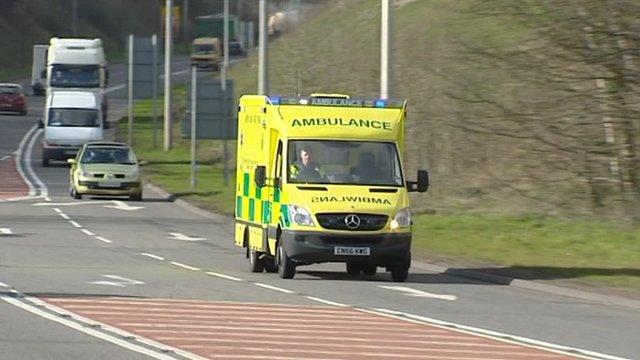
- Published2 April 2015
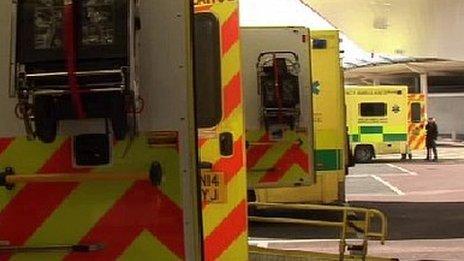
- Published25 February 2015
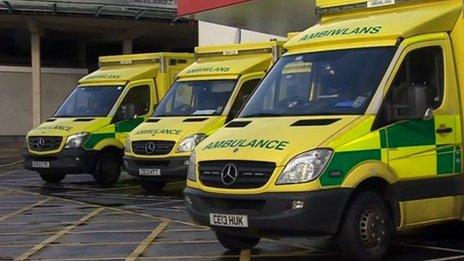
- Published16 January 2015
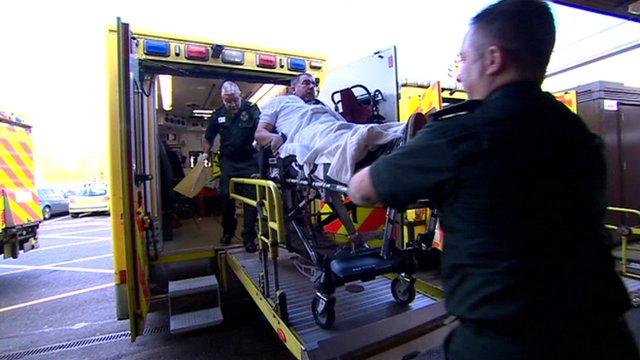
- Published21 December 2014
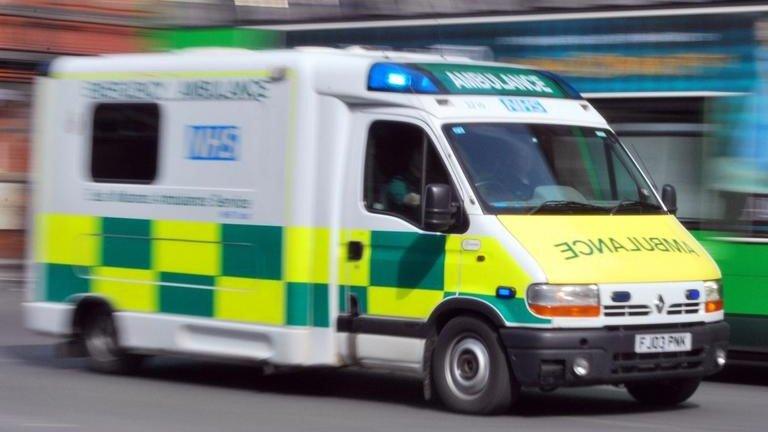
- Published19 September 2014
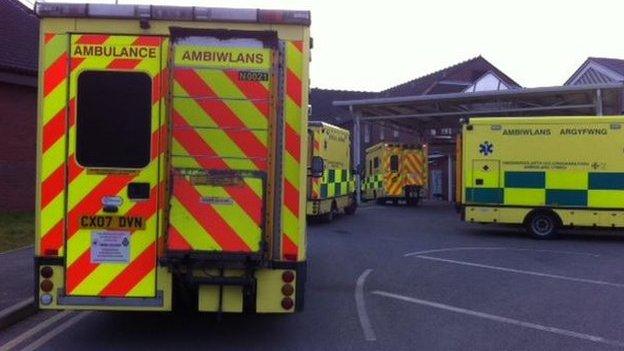
- Published27 August 2014
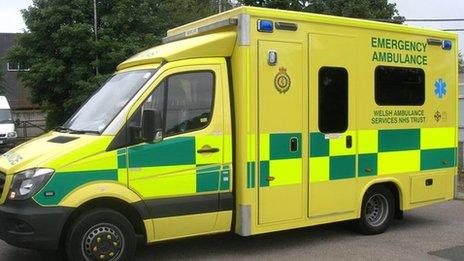
- Published25 June 2014
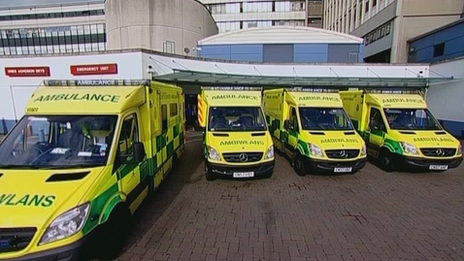
- Published26 March 2014
